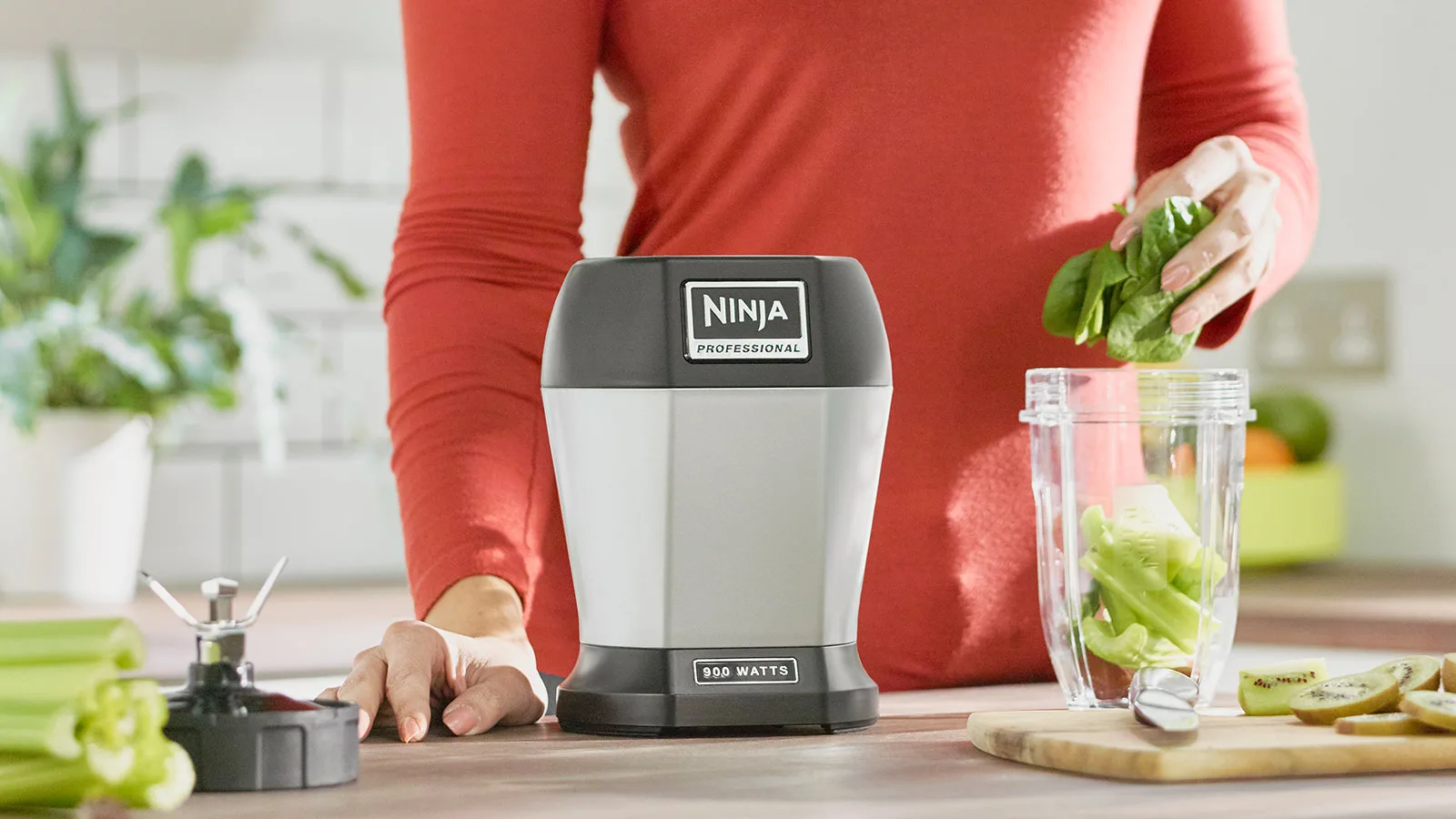

Articles
How Many Watts Does A Ninja Blender Use
Modified: February 28, 2024
Find out how many watts a Ninja blender uses in this informative article. Discover the power behind these versatile kitchen appliances.
(Many of the links in this article redirect to a specific reviewed product. Your purchase of these products through affiliate links helps to generate commission for Storables.com, at no extra cost. Learn more)
Introduction
The Ninja blender has become a must-have kitchen appliance for many households, offering powerful blending capabilities and versatility. Whether you’re making smoothies, soups, or even homemade nut butter, a Ninja blender can do it all. However, one important aspect to consider when using a blender is its power consumption, which is measured in watts.
In this article, we will discuss how many watts a Ninja blender typically uses and why it is important to understand power consumption. We will also explore the different Ninja blender models and their power ratings, as well as provide tips on how to optimize your blender’s performance while minimizing energy consumption.
So, if you’re curious about the power usage of your Ninja blender and how it can affect your blending experience, read on!
Key Takeaways:
- Understanding the wattage and power consumption of your Ninja blender is crucial for optimizing its performance. Higher wattage blenders handle tough ingredients more efficiently, but factors like ingredient prep and blending time also impact energy usage.
- By considering factors like ingredient type, blending settings, and adhering to recommended capacity, you can efficiently use your Ninja blender while minimizing unnecessary energy waste. Keep it clean, unplug when not in use, and take breaks between blending cycles for optimal performance and energy efficiency.
Read more: Ninja Blender 1500 Watt How To Use
Understanding Wattage and Power Consumption
Wattage refers to the amount of electrical power that an appliance, such as a blender, consumes during operation. It is an important factor to consider when choosing a blender, as it determines how efficiently the blender can perform its tasks. Generally, the higher the wattage, the more powerful and efficient the blender is.
When it comes to power consumption, it is essential to understand that the wattage rating of a blender indicates the maximum power it can draw from the electrical outlet. However, the actual power consumption may vary depending on the blending tasks and the settings used. For example, blending thick ingredients may require more power than blending liquids, resulting in higher energy consumption.
Power consumption is an important consideration for both environmental and financial reasons. By choosing a blender with an appropriate wattage and using it efficiently, you can minimize energy waste and reduce your electricity bills in the long run. Furthermore, understanding the power consumption of your blender can help you make informed decisions about its usage and optimize its performance.
Now that we have a basic understanding of wattage and power consumption, let’s delve into the specific power ratings of Ninja blender models.
Ninja Blender Models and Power Ratings
Ninja offers a range of blender models with varying power ratings to suit different blending needs. The power ratings of Ninja blenders typically range from 900 watts to 1500 watts, with some high-performance models going up to 2000 watts.
One of the popular models is the Ninja Professional Blender, which generally comes with a power rating of 1100 watts. This blender is known for its ability to crush ice and blend ingredients with ease, making it suitable for smoothies, shakes, and other frozen treats.
For those who desire even more power, the Ninja Mega Kitchen System Blender is a great option. This blender boasts a power rating of 1500 watts, providing the extra oomph needed for more demanding blending tasks such as crushing hard ingredients and making dough.
If you’re looking for a compact and efficient blender, the Ninja Personal Blender is worth considering. With a power rating of around 900 watts, this blender is perfect for single-serve smoothies and simple blending tasks.
It’s important to note that while higher wattage generally translates to better blending performance, it’s not the only factor to consider. The design and quality of the blades, motor, and construction of the blender also play a significant role in determining its overall effectiveness.
Now that we have explored the power ratings of different Ninja blender models, let’s delve into why wattage is important and how it can affect blender performance.
The Importance of Wattage in Blender Performance
When it comes to blending performance, wattage plays a crucial role. The higher the wattage of a blender, the more power it has, allowing it to handle tough ingredients with ease. This means that a blender with a higher wattage can blend ingredients more quickly and efficiently, resulting in smoother textures and better overall performance.
A blender with lower wattage may struggle to blend thick or frozen ingredients effectively, leading to uneven textures and longer blending times. On the other hand, a blender with higher wattage can effortlessly crush ice, pulverize nuts, and blend fibrous ingredients, giving you smoother and more consistent results.
Higher wattage also means that the blender’s motor is more robust and durable, able to withstand the demands of heavy blending tasks. This ensures that your blender will last longer and perform consistently over time.
Additionally, a blender with higher wattage allows for more versatility in the types of recipes you can create. It can handle not only basic blending tasks but also more advanced functions like making nut butters, milling grains, and even kneading dough. So if you’re someone who enjoys experimenting with different recipes and techniques in the kitchen, a higher wattage blender can greatly enhance your culinary endeavors.
However, it’s worth noting that wattage alone does not guarantee a superior blending experience. Factors like blade design, jar capacity, and motor efficiency also contribute to overall performance. It’s essential to consider these factors in conjunction with wattage when choosing a blender that best suits your needs.
Now that we understand the importance of wattage in blender performance, let’s explore some other factors that can affect power consumption.
When using a Ninja blender, it’s important to know that the power usage can vary depending on the model. Generally, a Ninja blender can use anywhere from 1000 to 1500 watts, so be sure to check the specific wattage of your model for accurate usage.
Factors Affecting Power Consumption
While wattage indicates the maximum power that a blender can draw, several factors can affect its actual power consumption during operation. Understanding these factors can help you optimize your blender’s power usage and minimize energy waste.
1. Ingredients and Blending Time: The type and quantity of ingredients you blend can impact power consumption. Blending tough or frozen ingredients may require more power than blending soft fruits or liquids. Longer blending times can also increase power consumption. To minimize energy usage, try to pre-cut ingredients into smaller pieces and blend for the shortest time necessary.
2. Blender Settings: Different blending settings on your Ninja blender, such as speed and pulse options, can affect power consumption. Higher speed settings generally consume more power. Adjust the settings according to your specific blending needs, keeping in mind that lower speeds may be sufficient for certain tasks, reducing energy consumption.
3. Blender Load: Overloading your blender with too much content can strain the motor and increase power consumption. Follow the recommended capacity guidelines provided by the manufacturer to maintain optimal performance and energy efficiency.
4. Blender Age and Condition: Older blenders may consume more power due to wear and tear on the motor and components. Regular maintenance and cleaning can help ensure that your blender operates efficiently and consumes the expected amount of power.
5. Power Supply and Voltage: The quality and stability of your electricity supply can affect power consumption. Fluctuations in voltage can impact efficiency and may cause the blender to draw more power than necessary. Using a surge protector or a stable power source can help mitigate this issue.
By considering these factors and making small adjustments to how you use your Ninja blender, you can optimize power consumption and minimize unnecessary energy usage.
Now that we’ve explored the factors affecting power consumption, let’s move on to some tips for efficiently using your Ninja blender.
Read more: How To Use A Ninja Blender 1000 Watts
Tips for Efficiently Using Your Ninja Blender
To make the most of your Ninja blender while minimizing power consumption, consider implementing the following tips:
1. Optimize Ingredient Prep: Cut ingredients into smaller, more manageable pieces before blending. This reduces the strain on the motor and reduces blending time, ultimately saving energy.
2. Start Slowly: Begin blending at a low speed and gradually increase as necessary. Most blending tasks can be accomplished at lower speeds, which consume less power compared to high-speed settings.
3. Use Pulse Function: Utilize the pulse function instead of continuous blending when suitable. This helps achieve the desired texture without unnecessarily consuming power for longer blending durations.
4. Follow Recommended Capacity: Overloading the blender can lead to motor strain and excessive power consumption. Adhere to the manufacturer’s guidelines for maximum capacity to ensure optimal blending performance and energy efficiency.
5. Use the Right Jar Size: Use the appropriate jar size for the amount of ingredients you are blending. Using a larger jar when blending small quantities can result in lower efficiency and increased power consumption.
6. Take Breaks: If you are blending multiple batches, allow the blender motor to rest between each cycle. This prevents overheating and ensures that the blender operates efficiently throughout your blending sessions.
7. Keep the Motor Base Clean: Regularly clean the motor base and ensure that it is free from dust and debris. A clean motor operates more efficiently, resulting in lower power consumption.
8. Unplug When Not in Use: When you’re finished using the blender, unplug it from the power source. This not only saves a small amount of standby power but also prevents any potential electrical hazards.
By implementing these tips, you can maximize the efficiency of your Ninja blender and minimize energy consumption.
Now that we have covered tips for using your blender efficiently, let’s wrap up our discussion.
Conclusion
Understanding the wattage and power consumption of your Ninja blender is essential for optimizing its performance while being mindful of energy usage. The wattage rating of a blender indicates its power and efficiency, with higher wattage blenders capable of handling tough ingredients and delivering smoother results.
Ninja offers a range of blender models with varying power ratings, allowing you to choose one that meets your specific blending needs. However, it’s important to consider other factors like blade design, motor quality, and construction to ensure overall effectiveness.
Factors such as ingredient type, blending time, load, and electrical supply can affect the actual power consumption of your blender. By following some simple tips like optimizing ingredient prep, using lower speeds, and adhering to recommended capacity, you can efficiently use your Ninja blender and minimize unnecessary energy waste.
Remember to keep your blender clean and well-maintained, unplug it when not in use, and take breaks between blending cycles to ensure optimal performance and extend its lifespan.
By being aware of wattage, power consumption, and following these tips, you can enjoy the versatility and efficiency of your Ninja blender while reducing your environmental impact and energy costs.
So go ahead and whip up those delicious smoothies, soups, and other culinary creations with confidence, knowing that you’re making the most of your Ninja blender’s power while being mindful of energy consumption.
Happy blending!
Frequently Asked Questions about How Many Watts Does A Ninja Blender Use
Was this page helpful?
At Storables.com, we guarantee accurate and reliable information. Our content, validated by Expert Board Contributors, is crafted following stringent Editorial Policies. We're committed to providing you with well-researched, expert-backed insights for all your informational needs.
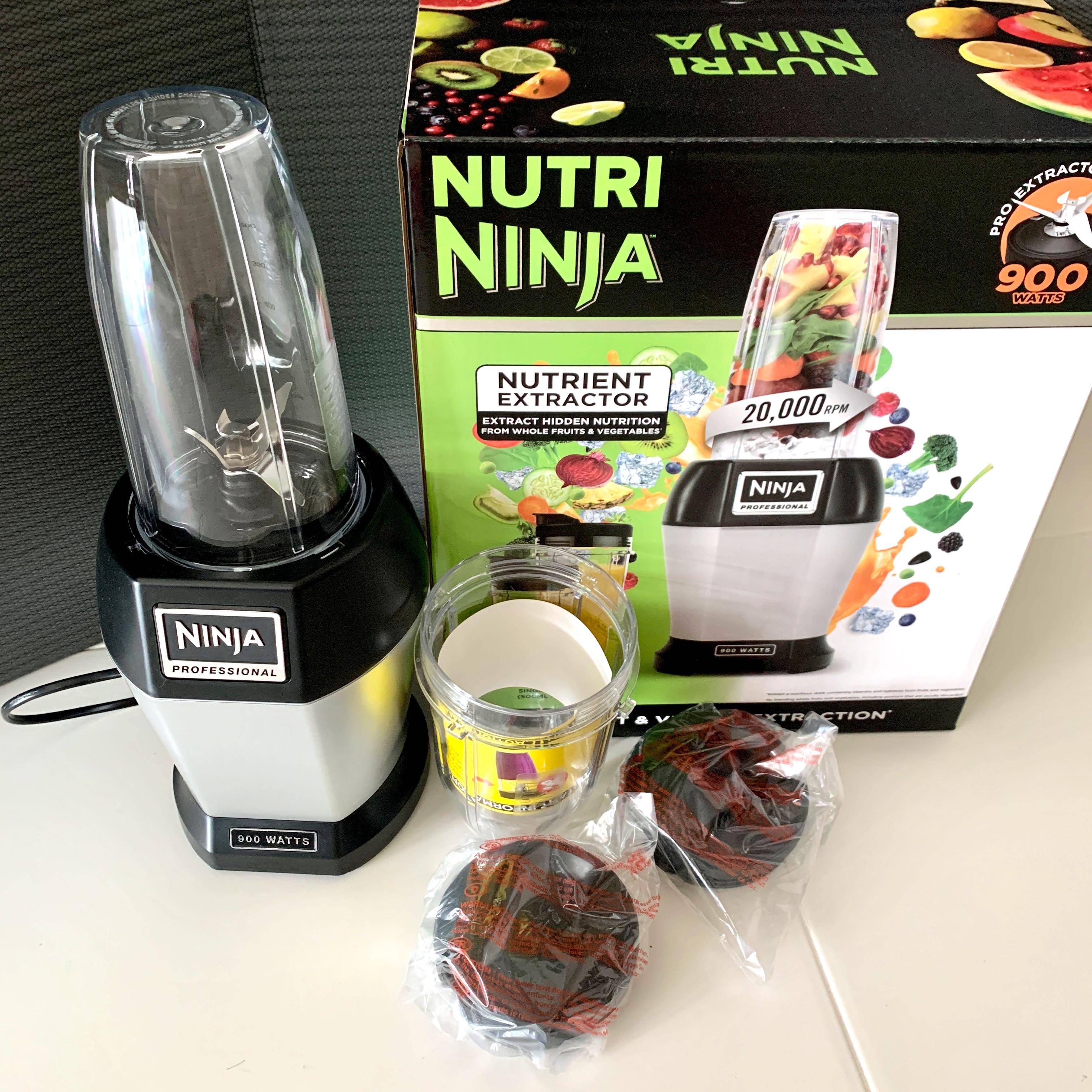
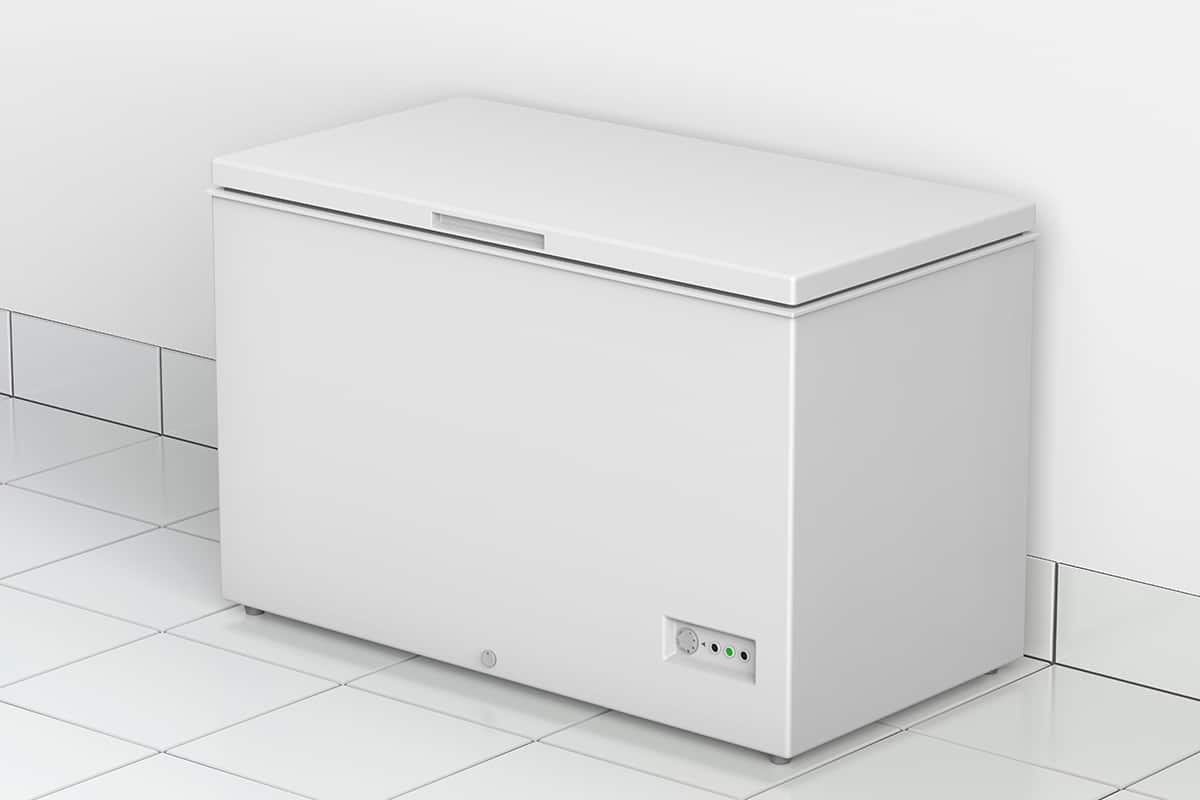
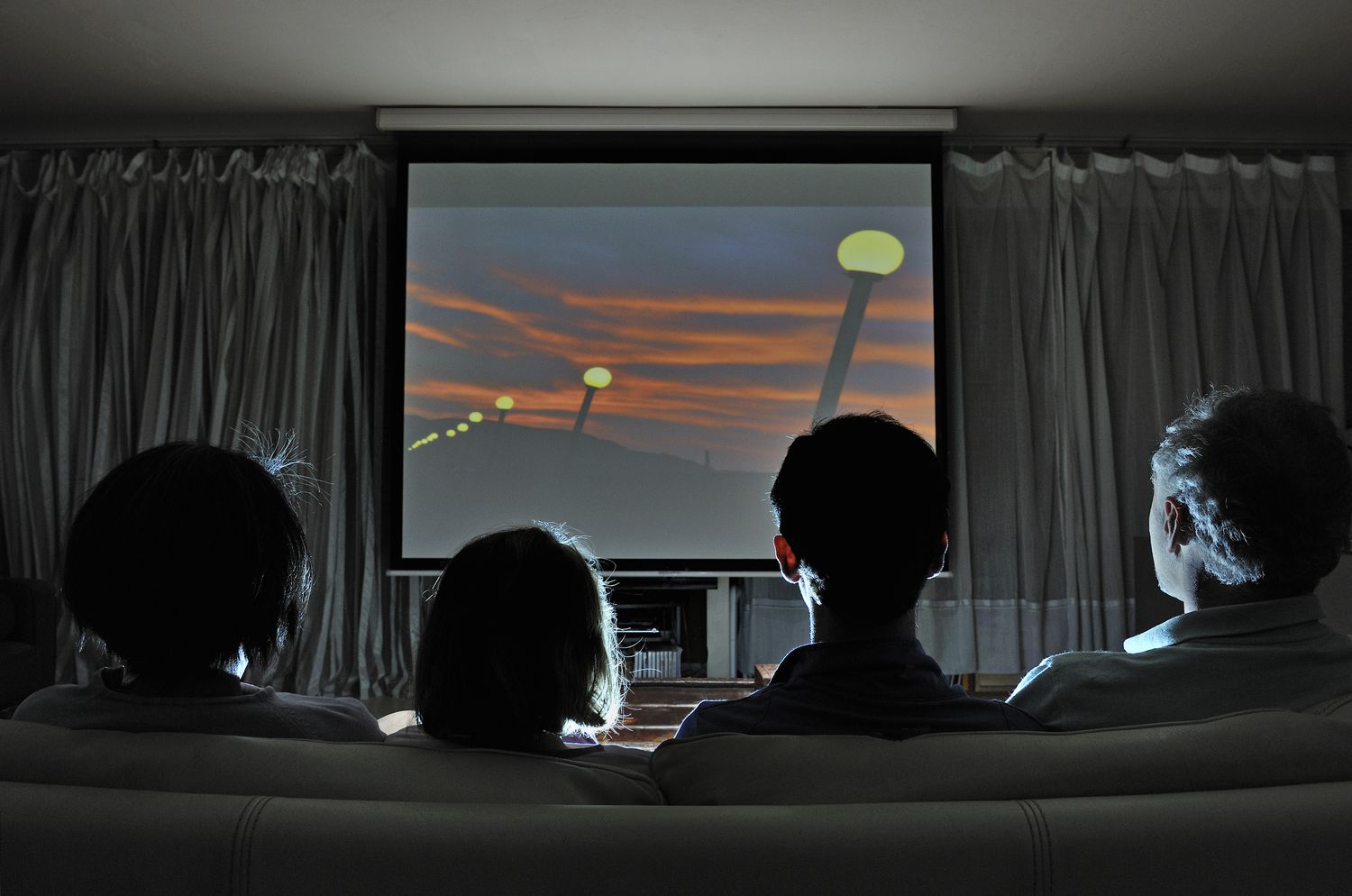
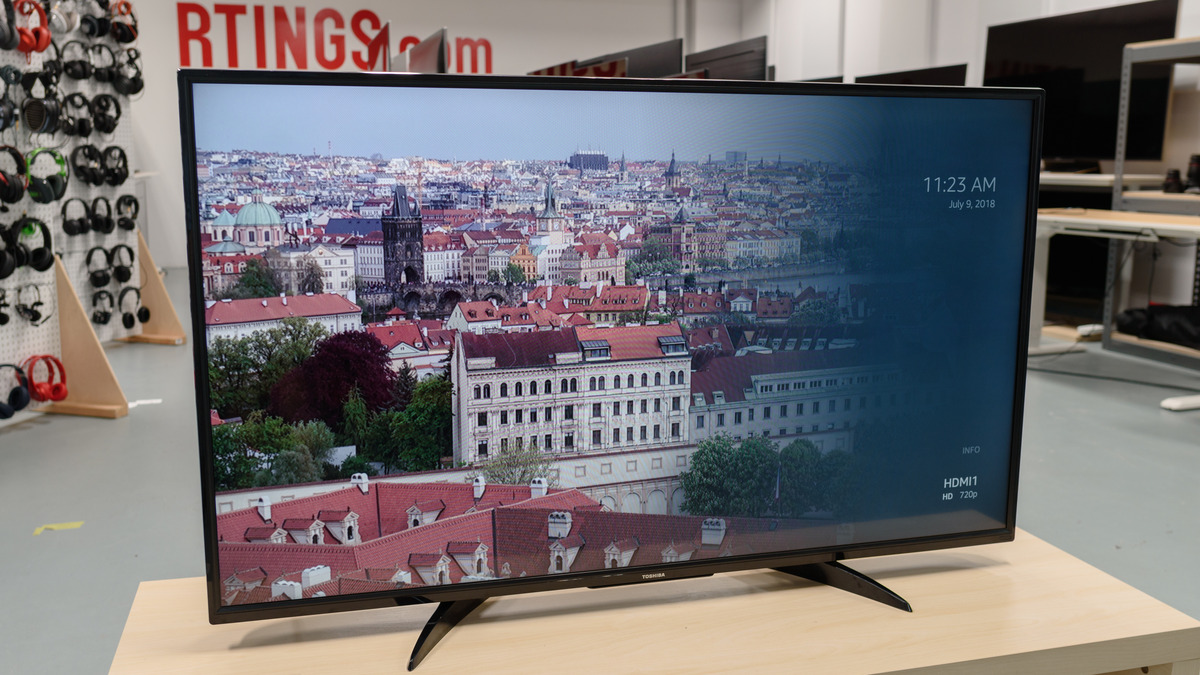
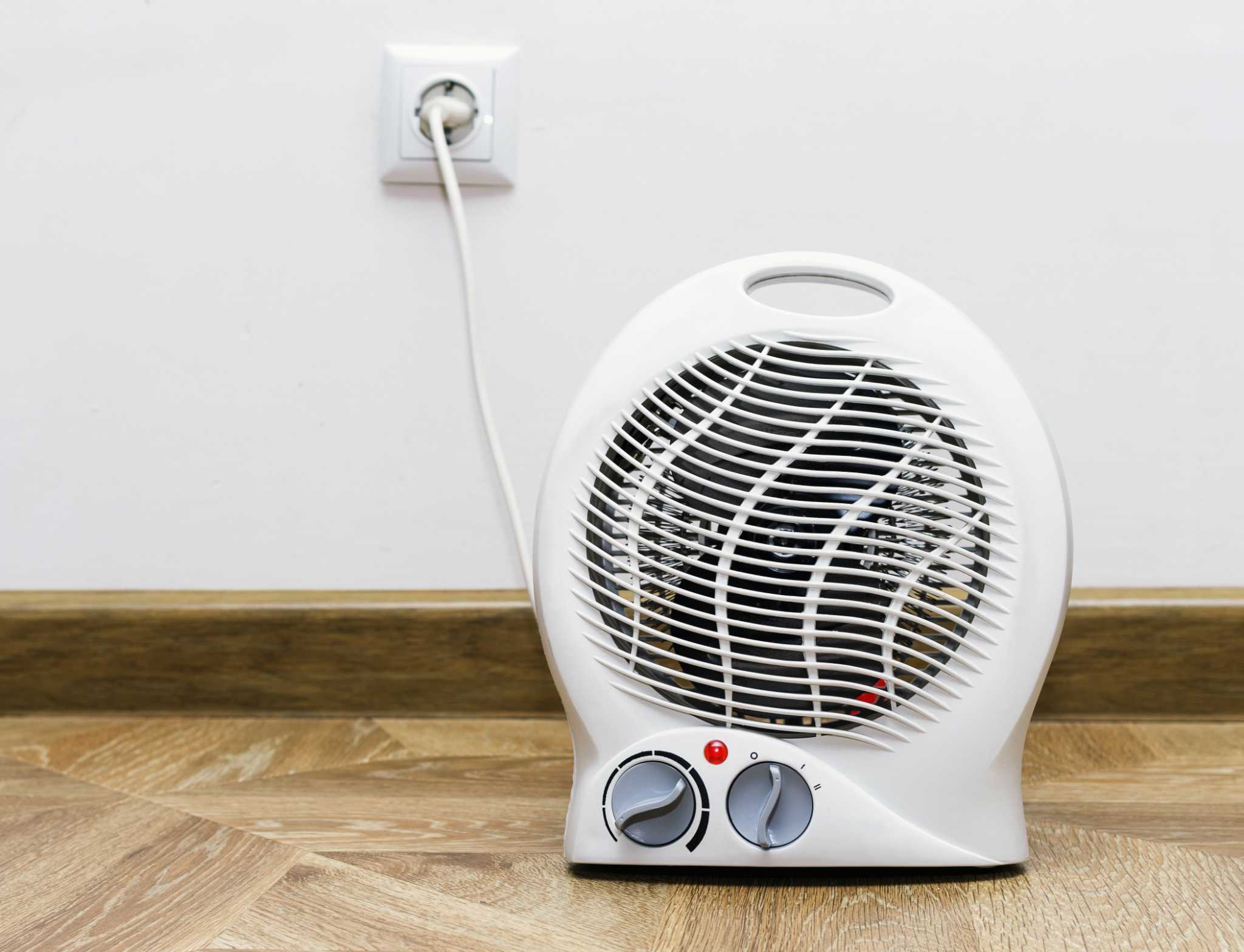
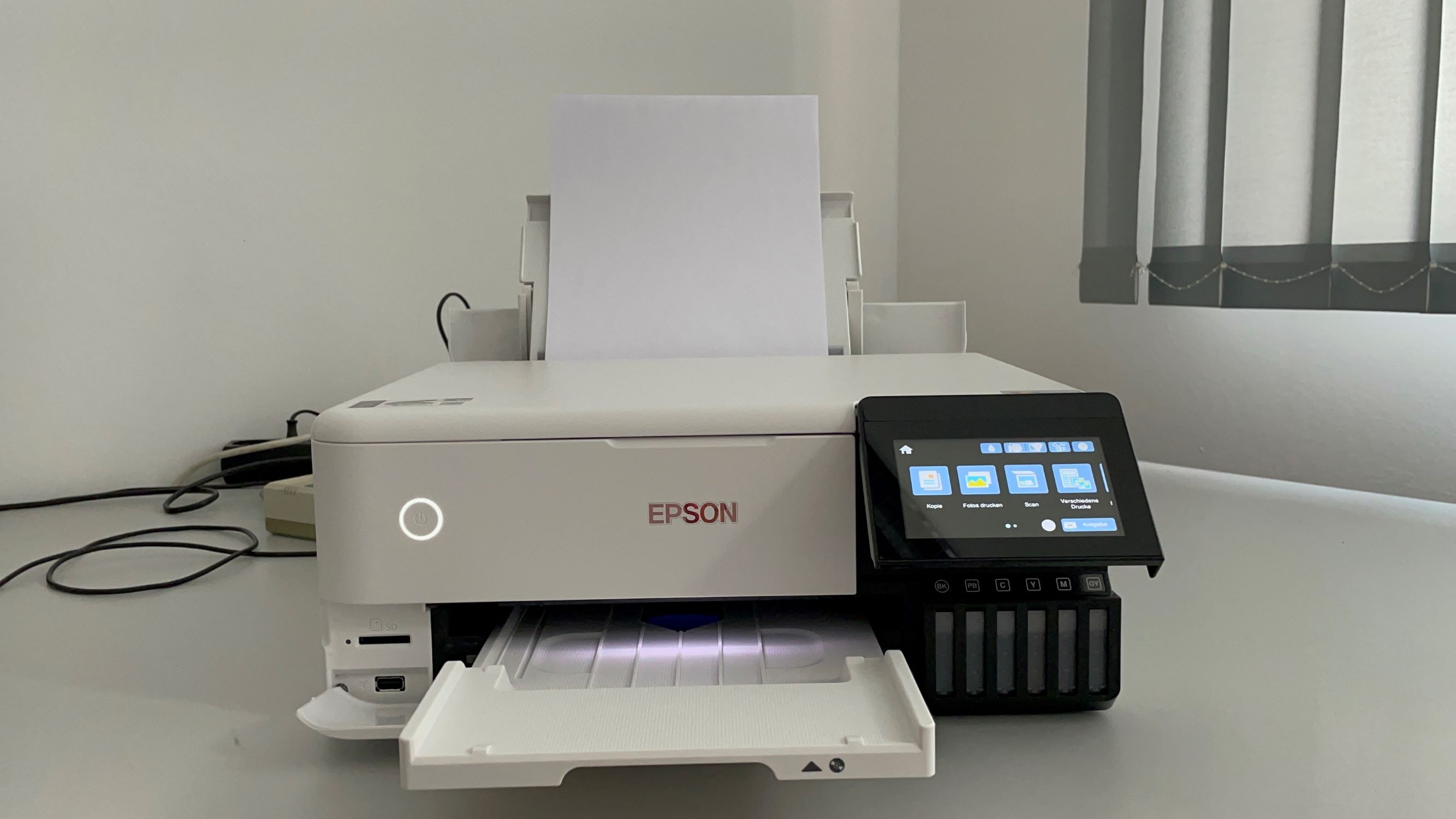
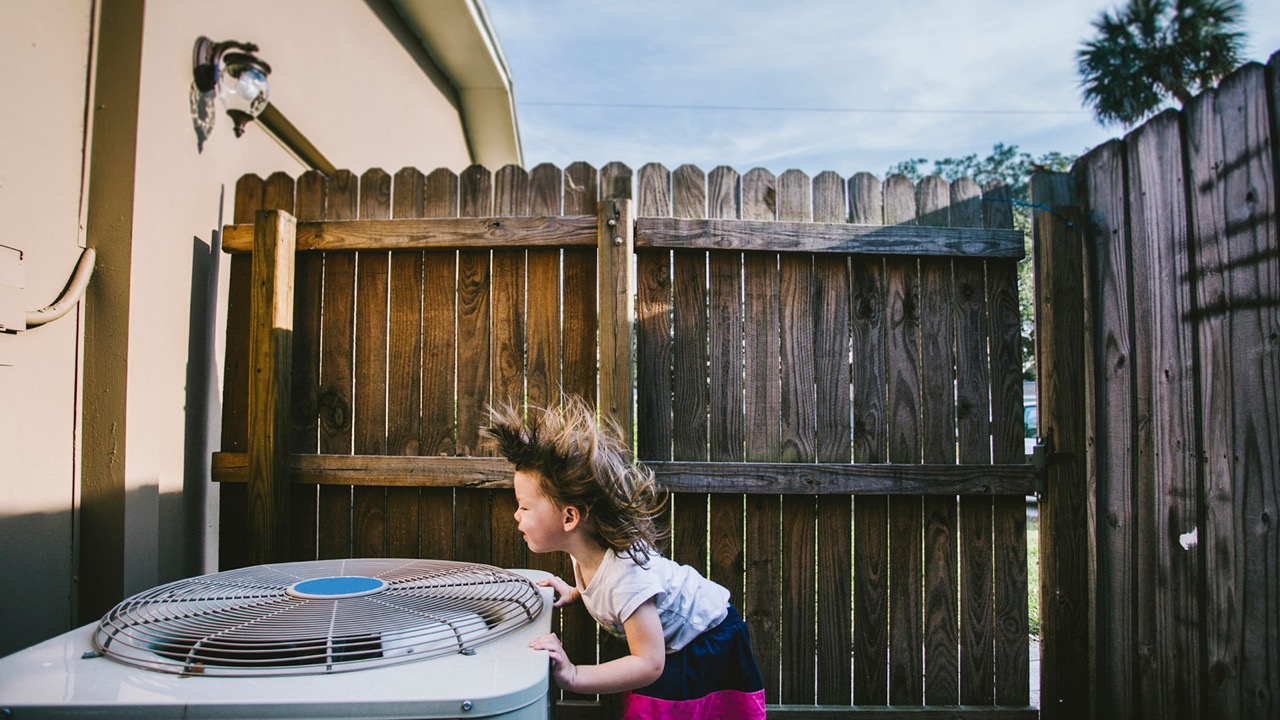
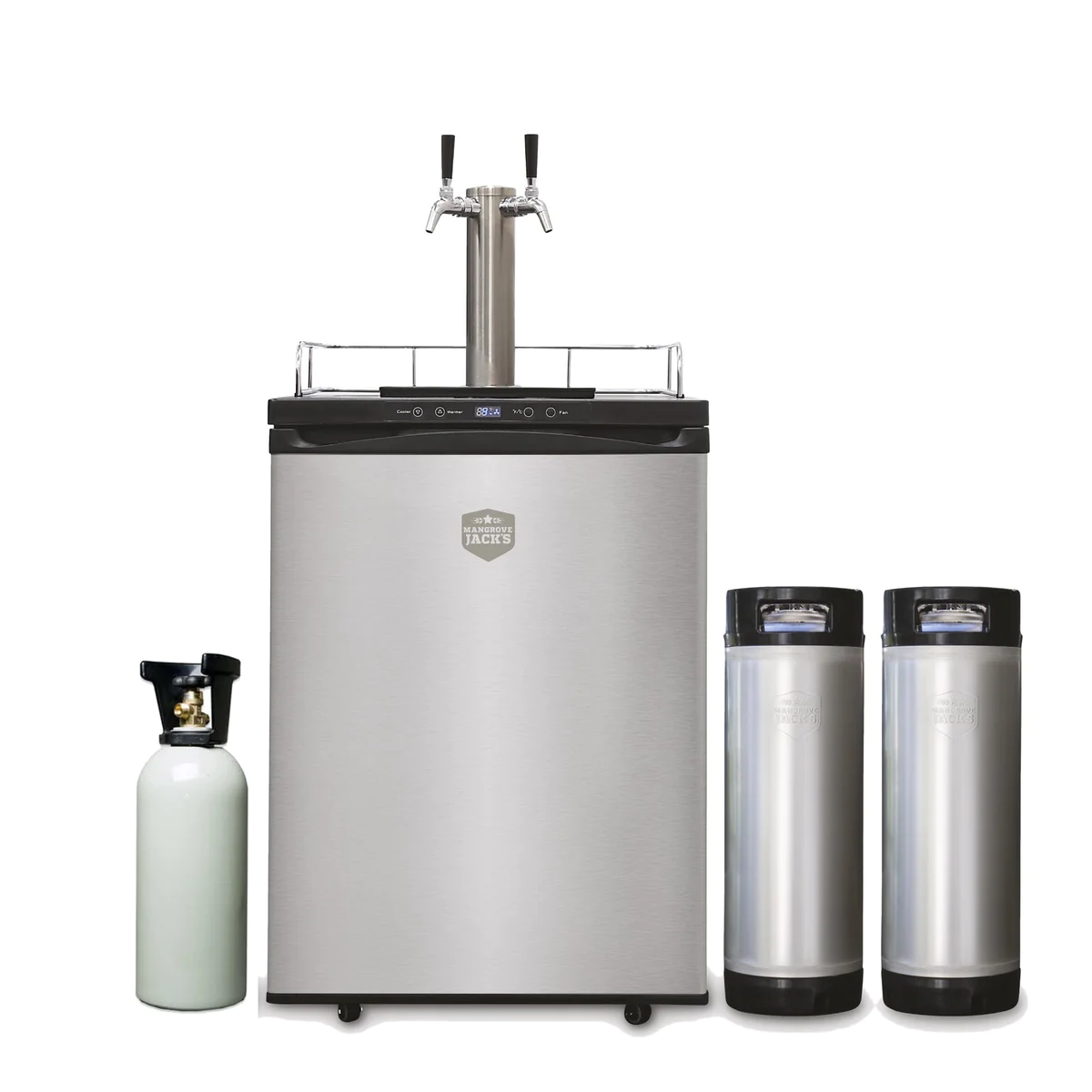
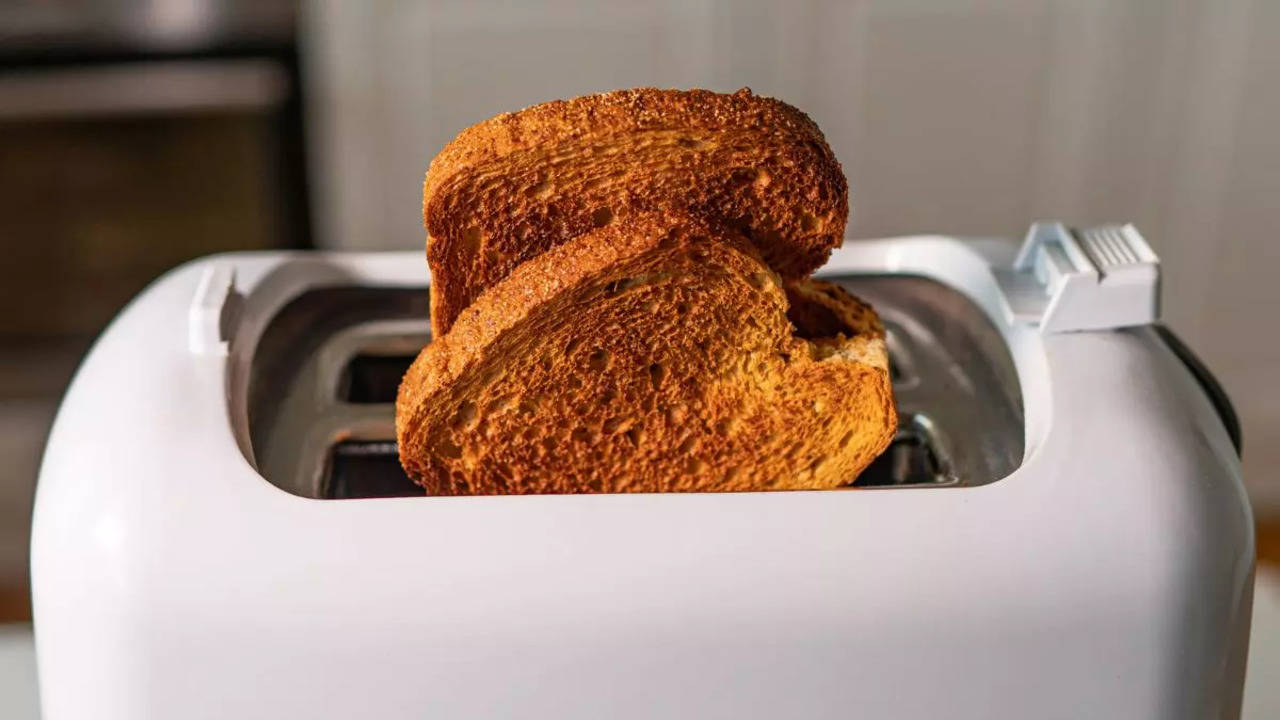
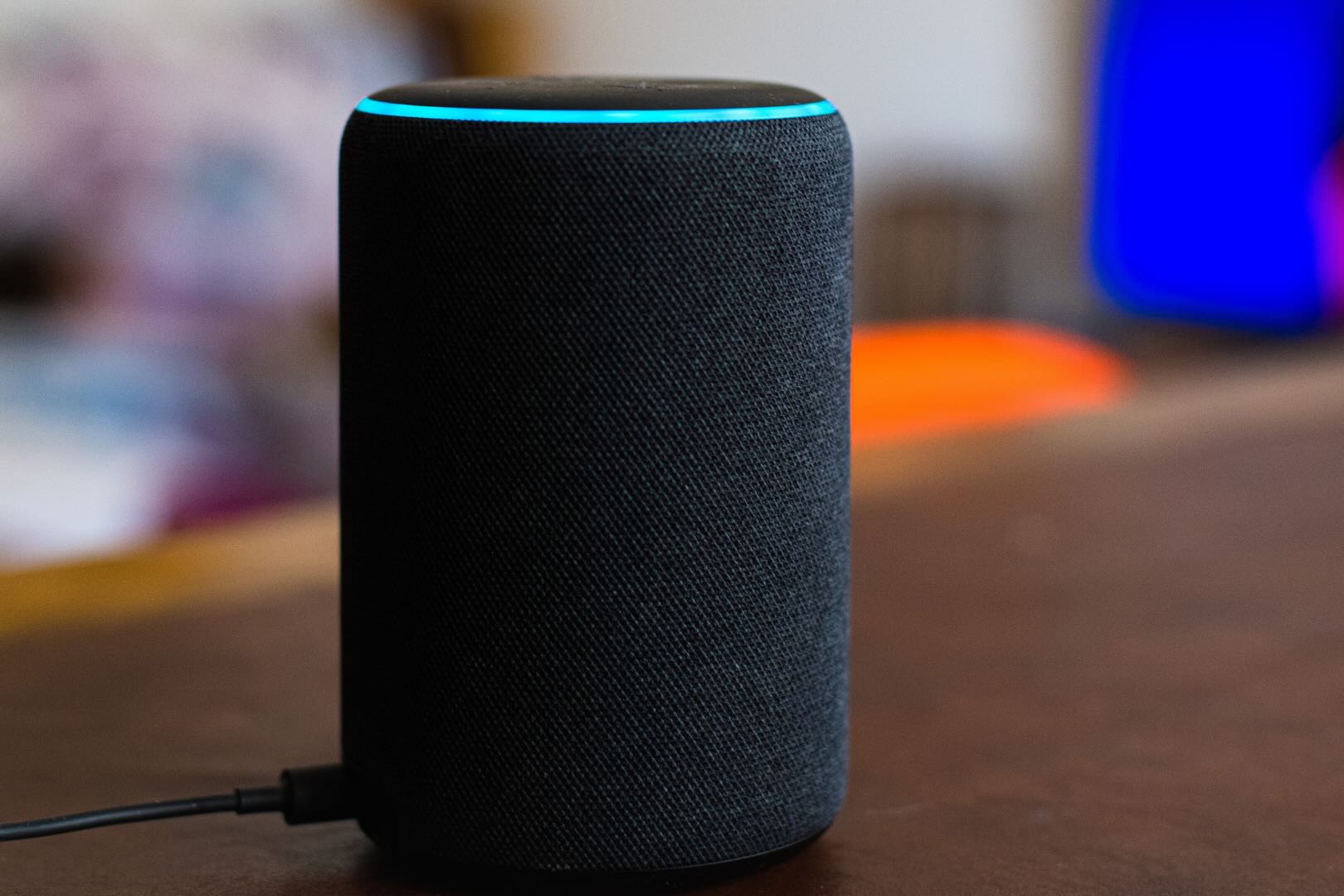
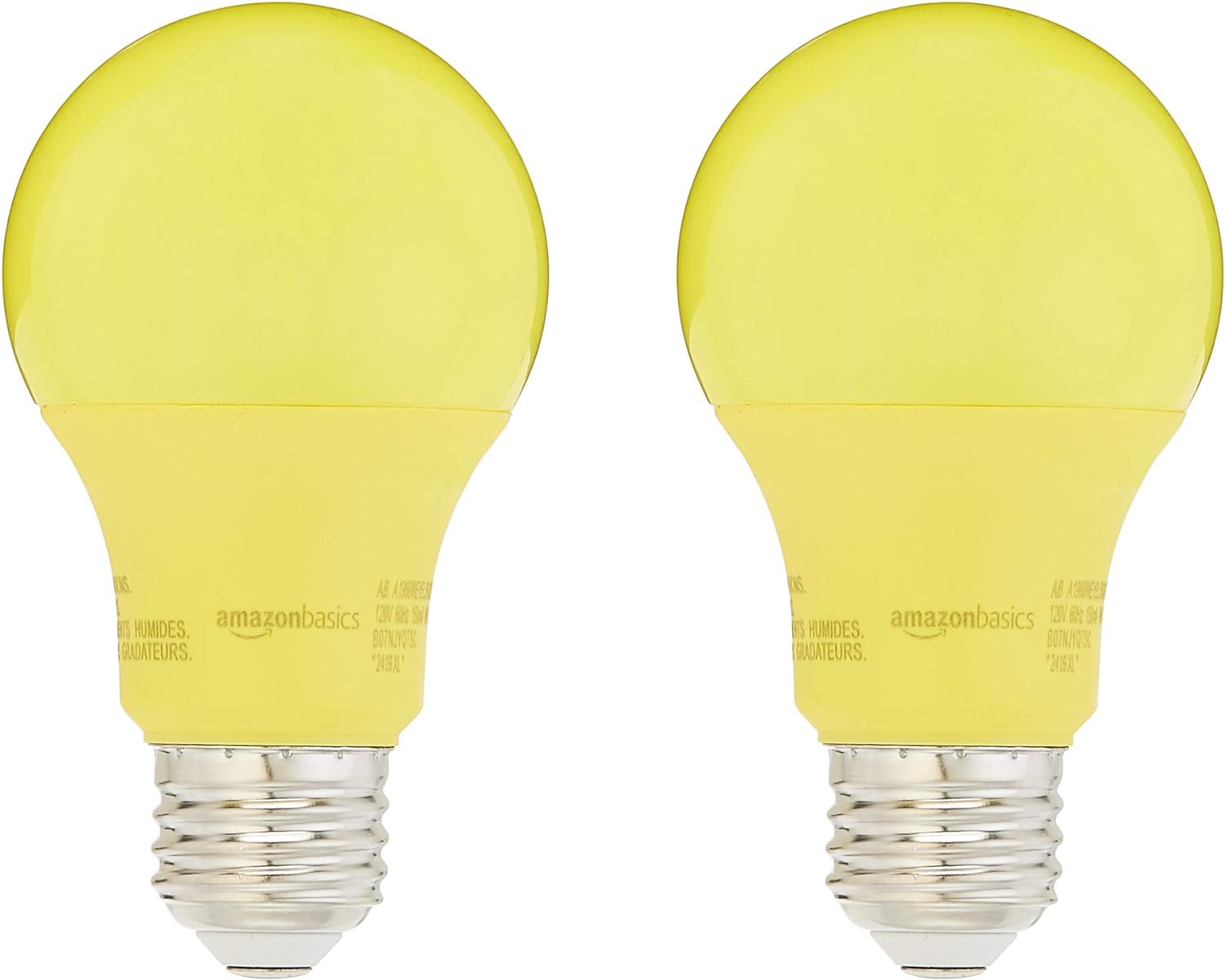
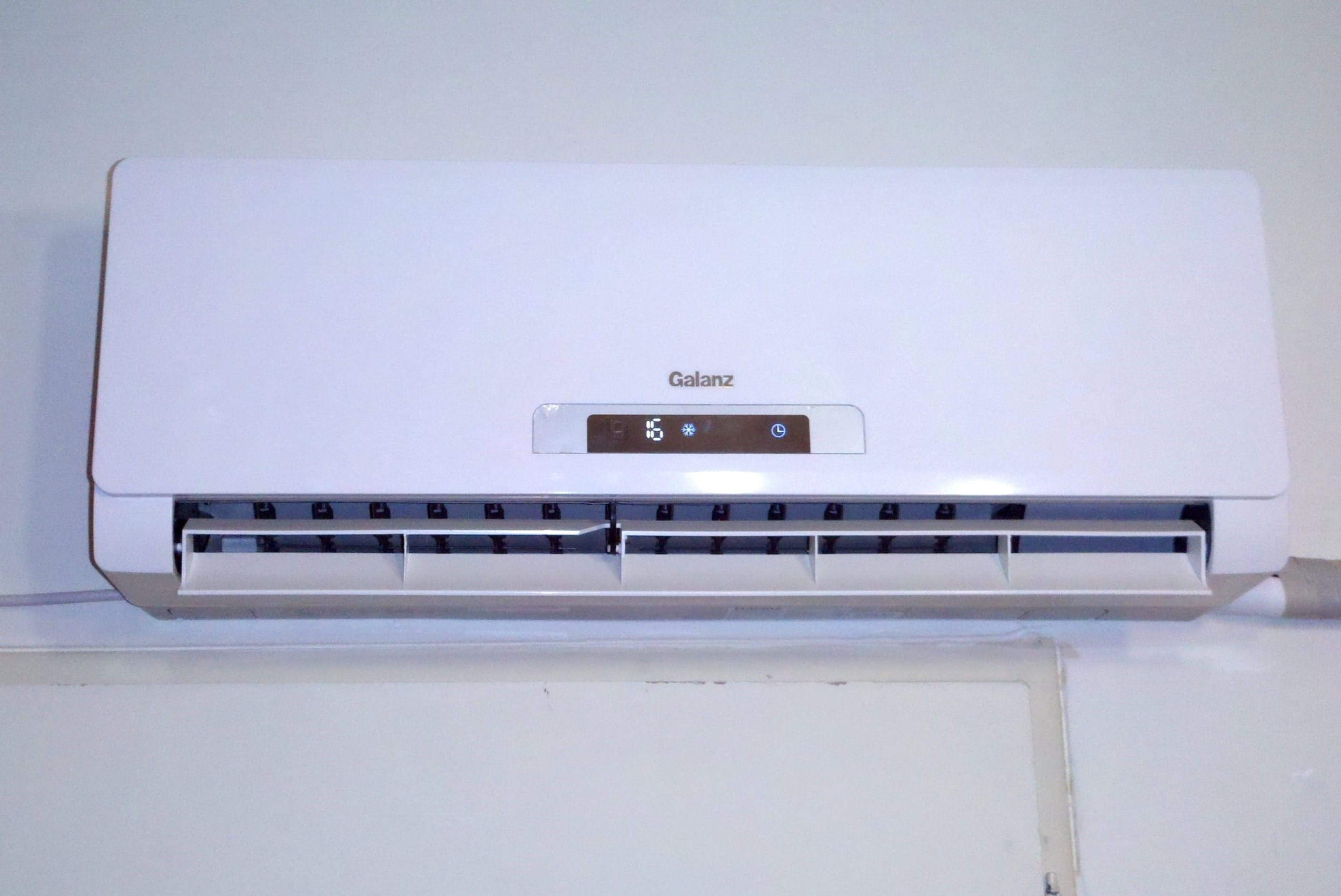
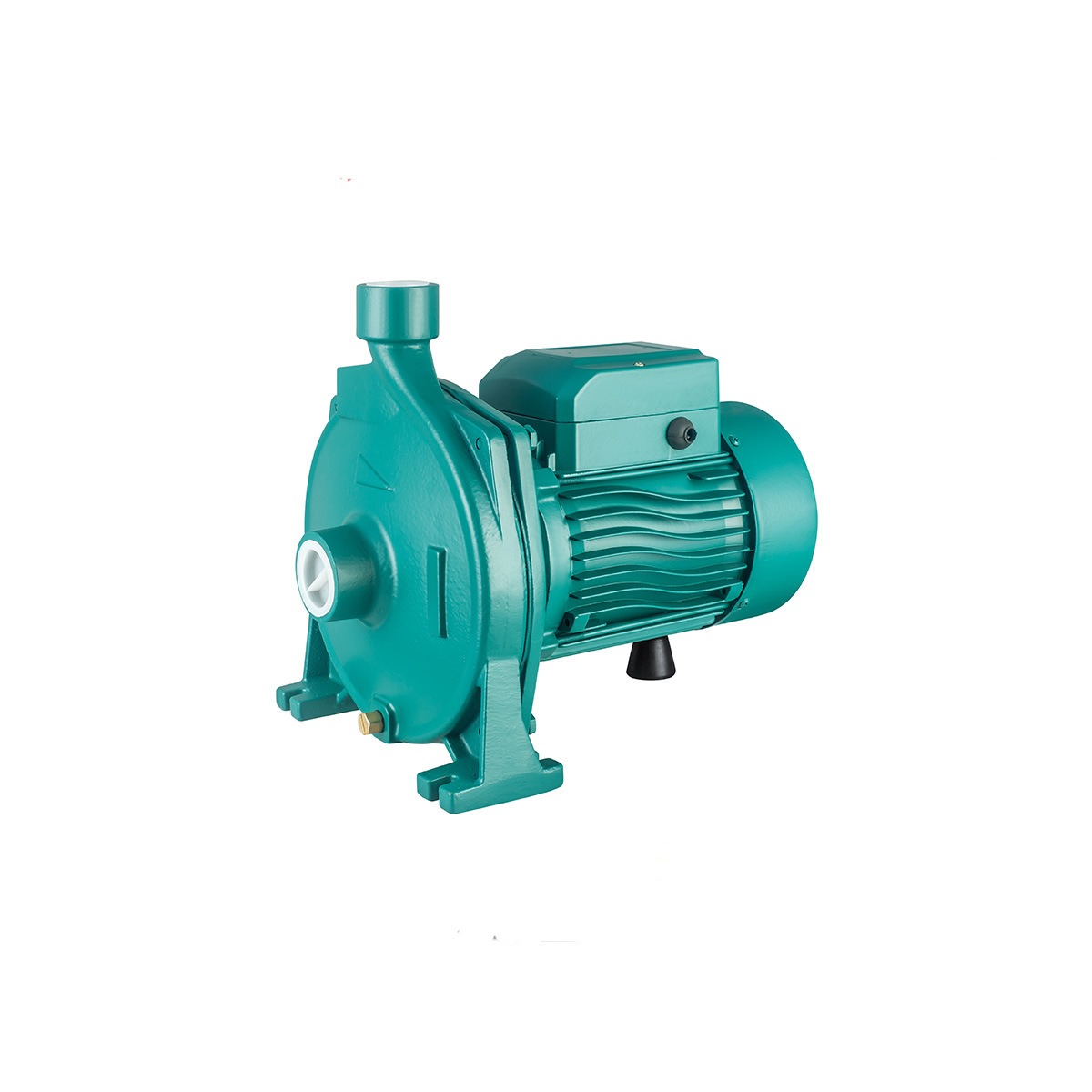
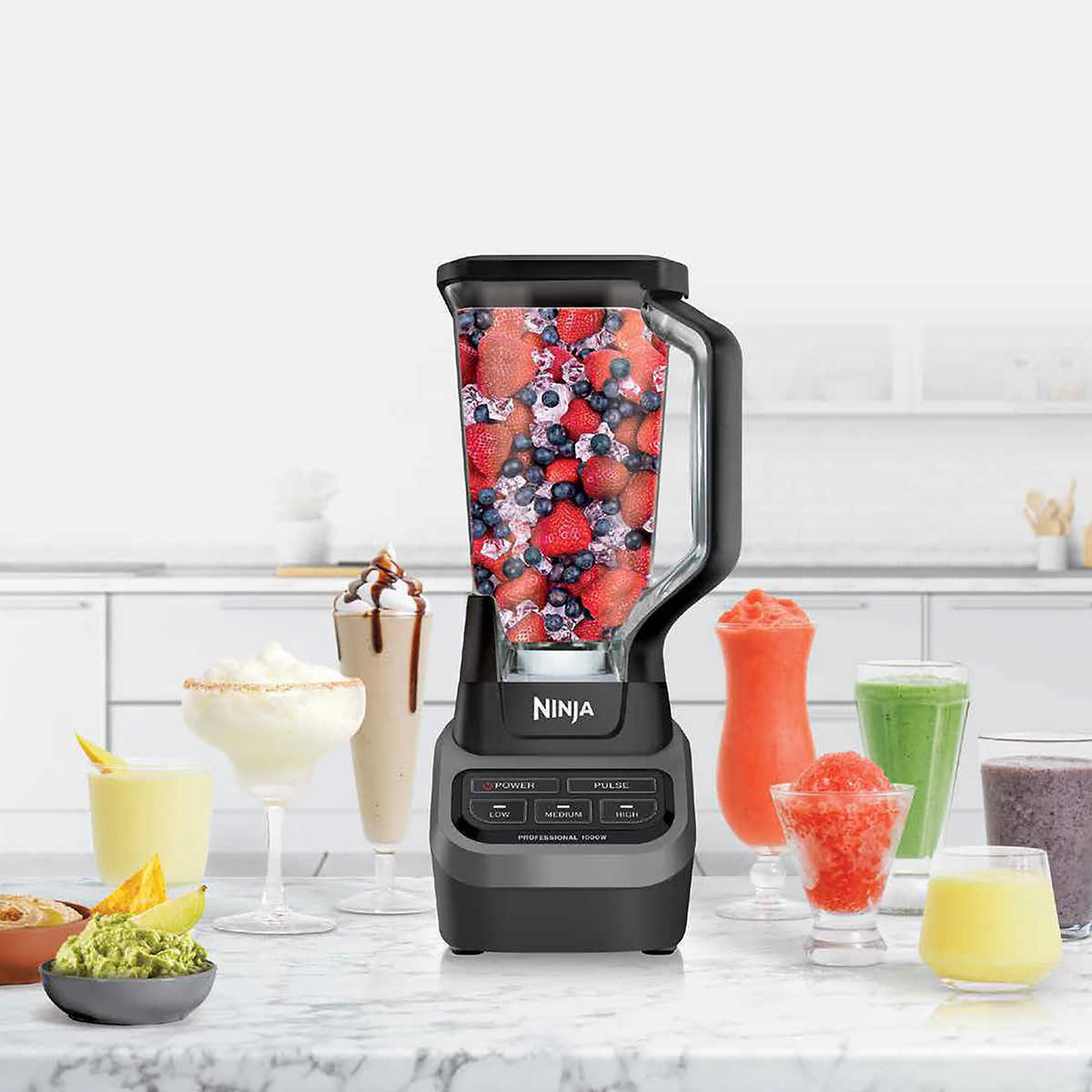

0 thoughts on “How Many Watts Does A Ninja Blender Use”